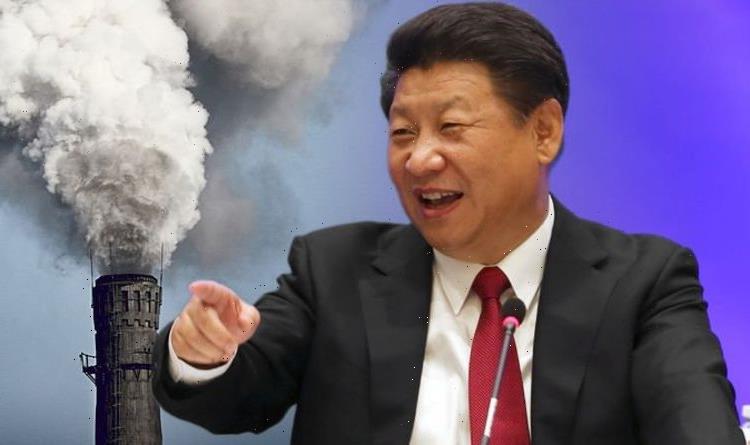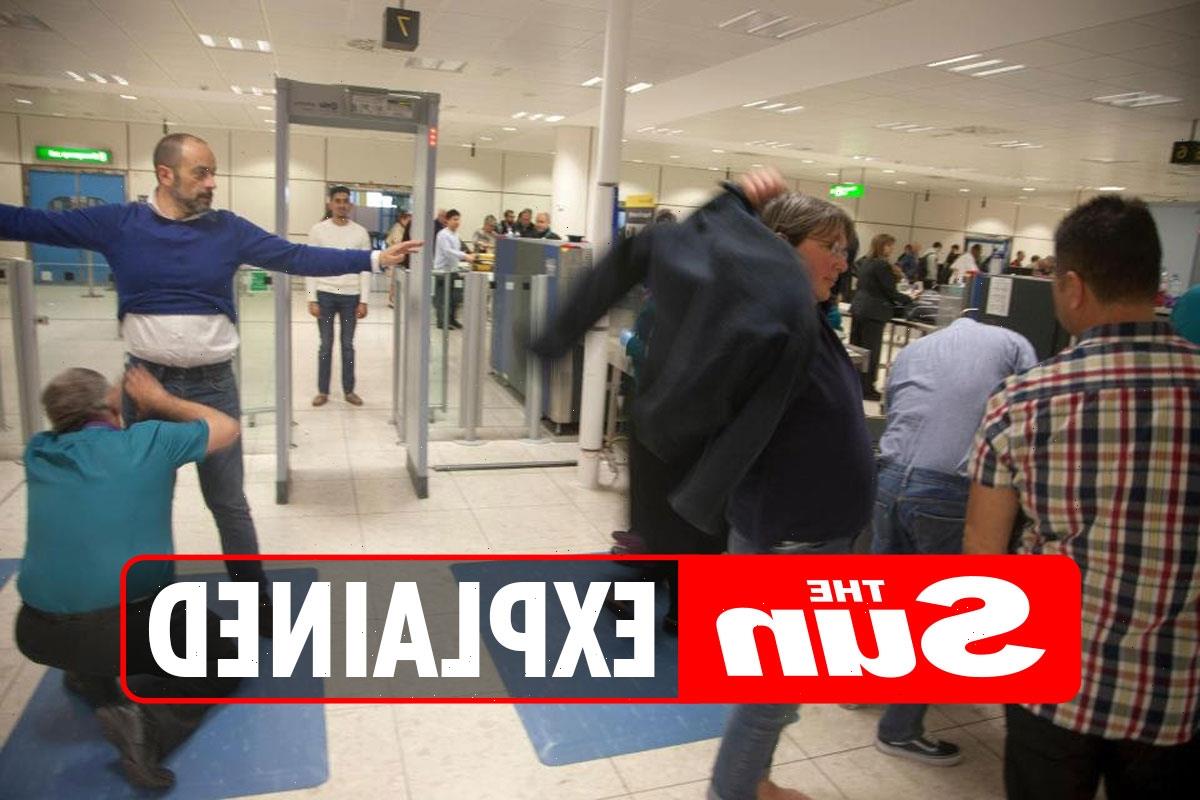New Zealand: Smoke billows from volcano on White Island
We use your sign-up to provide content in ways you’ve consented to and to improve our understanding of you. This may include adverts from us and 3rd parties based on our understanding. You can unsubscribe at any time. More info
New Zealand is home to 12 active volcanoes. While it pales in comparison to Indonesia’s 147 — said to be the largest number of active volcanoes in a country in the world — many of New Zealand’s volcanoes have caused historic destruction after erupting. Most recently, in 2019, 47 people were on White Island when its active stratovolcano erupted.
A plume of ash, toxic gas and rocks was sent 12,000 feet into the sky.
And while rescue crews rushed to get people off the island, some 22 people were killed.
Advanced technologies have enabled New Zealand to reduce the number of deaths and level of destruction caused by volcanoes.
But this wasn’t always the case.


In 1886, the country experienced one of its worst-ever eruptions on Mount Tarawera in the North Island, part of the Okataina Volcanic Centre, which eventually extended to Waimangu.
It was explored during the Smithsonian Channel’s documentary, ‘Aerial New Zealand’, in a clip titled, ‘The Volcanoes That Still Threaten New Zealand’s Safety’.
Here, the narrator noted: “Villagers in 1886 woke up to violent earthquakes, unbeknownst to them, they were living in the shadow of an active volcano.
“After three hours of shaking, they looked up in horror, to see not one peak, but three erupting.
JUST IN: Octopus Energy vows to slash heat pump prices by 2022

“The smoke and fire shot a mile into the sky.”
Mud and ash then began raining down on the inhabitants.
While many fled for cover, 120 people were caught up in the aftermath and died.
It is one of the worst natural disasters in New Zealand’s history — but it could happen again.
According to the Institute of Geological and Nuclear Sciences in New Zealand, the extent of Mount Tarwera’s volcanic potential is little known.
DON’T MISS
Brexit Britain to slash emissions with £210m Rolls Royce nuclear deal [REPORT]
Macron humiliated: Brexit Britain secures ‘substantial’ green deals [INSIGHT]
China confirms human case of bird flu – WHO calls for ‘urgent’ action [ANALYSIS]


In an analysis piece, it noted: “Much less well known is that Mount Tarawera is only one volcano within the Okataina Volcanic Centre – an area of many recently active vents lying between Rotorua and Kawerau.”
Crucially, it added: “These vents have erupted in prehistoric times, and will erupt again.”
The Okataina Centre includes the large volcanoes of Tarawera an Haroharo, alongside others at Mount Edgecumbe, Okareka and Rotoma.
Compared to some other volcanoes across New Zealand, such as Ngauruhoe and White Island, which have relatively small eruptions every few months or years, those at Okataina have erupted at intervals which have varied between 700 and 3000 years.
While these eruptions are fewer and further between, “they are 100 to 10,000 times larger than those at White Island or Ngauruhoe”.
The institute explained: “It is the size of most Okataina eruptions, despite their infrequency, that creates a significant volcanic hazard in the Bay of Plenty region.”
Volcanic eruptions have occurred at Okataina for at least the last 400,000 years, but most is known about the eruptions of the last 20,000 years.

Interestingly, the eruptions during this time have been of several different types.
The unpredictability in both type and timeline of a volcano can make it difficult for the authorities to predict and understand how to tackle an eruption.
While New Zealand has invested heavily in its volcano defence infrastructure, it wasn’t enough to prevent the tragic events at White Island.
In response, last year, scientists invented a new volcano alert system that they said could have provided warning ahead of the disaster.

It uses machine learning algorithms to analyse real-time data in order to predict future eruptions.
One of the scientists involved in the project, Shane Cronin from the University of Auckland, told the BBC the current system had been “too slow to provide warnings for people [on] the island.”
He said: “The current [alert system] collects data in real-time but what tends to happen is that this information gets assessed by a panel and they have an expert process… this all takes a while.
“The way we warn for volcanoes was good enough 10 years ago but it’s not actually moving with the times.”
Source: Read Full Article


